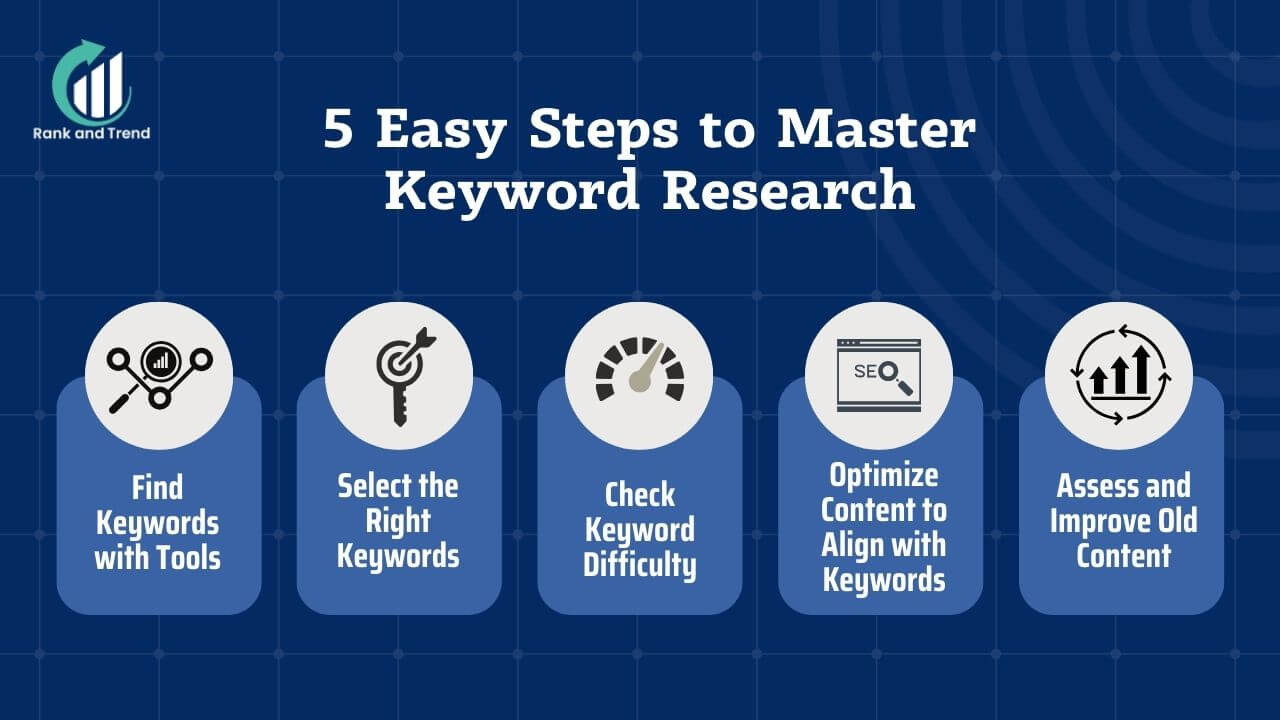Even though the online journey is competitive and challenging, a well structured SEO plan foolproofs your success. When you begin your SEO strategy, the first thing to figure out is the initial step of a well-organized SEO plan. Think of SEO as a strategic game. So, here’s level one: Keyword (topic and entity) Research. After all, every journey of a thousand clicks begins with just one keyword!
Before diving into the details of keyword research, let’s first understand what makes up a structured SEO plan.
What’s a Structured SEO Plan?
Wondering what is a structured SEO plan? It’s like having a smart strategy to make your website stand out online.
Imagine it as your playbook, guiding you on the best moves to boost your website’s visibility and make it shine on search engines. It’s like putting together puzzle pieces to make your website awesome and get more people checking it out.
Here are the key components of a well structured SEO plan:
- Keyword Research: Find words your audience uses to search for your stuff.
- On-Page Optimization: Polish your pages to match those keywords. Fix meta tags, content, URLs, and links.
- Content Strategy: Create awesome content – blogs, videos, you name it – that suits what people want.
- Technical SEO: Tune up your website’s technical bits for search engines – speed, errors, mobile-friendliness, and structured data.
- Off-Page Optimization: Build a solid backlink profile. Guest posts, influencers, and social media can boost your site’s rep.
- Monitoring and Analysis: Keep an eye on the numbers – rankings, traffic, user actions. Tools like Google Analytics help.
- Adjustments and Iterations: Based on what you find, tweak your strategy. SEO is a constant tune-up to stay on top.
With a good SEO plan, increase online visibility, draw in organic traffic, and boost your website’s performance in search rankings. Now, we’re almost ready to discuss the first step of your SEO plan. Let’s dive into keyword research!
The First Step in SEO: Finding the Right Keywords
Jumping into SEO is like setting off on a quest to find hidden treasures – those perfect keywords. It’s a bit of a challenge, something like searching for a needle in a haystack. But once you nail it, your website can strike gold!
Imagine SEO as an adventure of connecting dots, aiming to reach the summit of Google’s search engine results page(SERPs). The dots in this adventure are your potential audience, and the lines connecting these dots are the words or phrases they type into Google – these are the keywords. Keywords are important because they’re the initial via medium by which your visitors or audience connects with your website content. When users look for info on Google and type words in the search box, Google shows results related to those words. That’s where your content, with the right keywords, can stand out!
In simple terms, keyword research is about knowing how your visitors talk and what they’re searching for.
Why Picking the Right Keywords Is Important
Newcomers often pick keywords without much thought. But when they start using these keywords, the outcomes are usually not great. The problem is, some keywords might not match the audience or get enough searches (low volume). To succeed, it’s crucial to find the right keywords that will actually get your content noticed by your audience.
We’ll explore some effective ways to do this in the next sections.
5 Easy Steps to Master Keyword Research in 2024

Keyword research is not a static procedure, it’s all about figuring out what words and phrases your audience use when searching online. This skill is gold for digital marketers – it helps you create content that your potential customers are actually looking for. But hold up, it’s not a one-and-done deal. Keyword research is almost similar to a chameleon, which changes time to time with online trends and behaviors.
Let’s discuss 5 easy steps to mastering keyword research:
1. Find Keywords with Tools
Begin keyword research by creating a list of topic-related ideas. Utilize tools like Google’s Keyword Planner, Ahrefs, Moz Keyword Explorer, Ubersuggest, or SEMrush for assistance.
Start with a Seed Keyword: Enter your main word, and the tool will create a list of related terms(keyword suggestions), along with search volume, keyword difficulty, and click-through rate.
Analyze Metrics: Review generated keywords for crucial metrics like search volume and competition. Prioritize keywords with a balanced search volume and manageable competition.
Expand Keyword List: Explore related terms and long-tail keywords for a broader keyword pool. Use tool suggestions and consider user intent, as long-tail keywords can target niche audiences effectively.
Assess Competitor Keywords: Analyze competitor websites to identify successful keywords. Tools like SEMrush provide a comprehensive overview of competitors’ strategies.
Refine and Prioritize: Refine the keyword list based on relevance, search volume, and competition. Prioritize keywords aligned with content goals to attract the target audience effectively.
2. Select the Right Keywords
Picking the right keywords is the second step in keyword research. Selecting the right keywords is crucial, beyond just having an exhaustive list.
Not all keywords suit your website equally, so consider:
Relevance: Aim for keywords matching your content and audience needs. If you sell coffee, focus on “best coffee beans” instead of less relevant terms like “coffee history.”
Search Volume: Choose keywords with sufficient searches, indicating popularity. Opt for terms like “coffee grinder reviews” over broad ones like “coffee.”
Competition: Target keywords with moderate competition, striking a balance. For instance, focus on “manual coffee grinder” rather than highly competitive terms like “electric coffee grinder.”
Search volume indicates monthly searches for a keyword. Find balance—low means fewer visitors, too high signals tough competition. Chosen keywords must align with your website’s content and resonate with your audience’s queries, ensuring they attract traffic and meet audience needs.
3. Check Keyword Difficulty
To find the best keywords, the final step is assessing their competitiveness or difficulty.
Even with high volume and relevance, selecting overly competitive keywords is like climbing Everest in flip-flops—challenging and unlikely to succeed. Competitive keywords are heavily optimized by established sites, making it tough for newcomers or smaller sites to rank higher.
Opt for keywords with less competition. Keyword tools like SEMrush or Ahrefs typically offer a difficulty score—lower difficulty means higher chances to rank on Google!
4. Optimize Content to Align with Keywords
Step four in keyword research is optimizing your content to match keywords and search intent.
Search intent represents the goal behind a query, like informational, navigational, transactional, or commercial. Align your content with the search intent and user needs of your target keywords. Your content, while king, must revolve around keywords from the start of your SEO plan.
Take these actions to optimize your content:
Title: Use your target keyword and a compelling value proposition. Example: “Best Coffee Beans in 2024: A Guide for Coffee Lovers.”
Meta Description: Include your target keyword and a brief summary. Example: “Looking for the best coffee beans in 2024? Our top picks for quality, flavor, and aroma.”
Headings: Incorporate your target keyword, variations, and related keywords. Example: “What are the best coffee beans?” “How to choose the best coffee beans?”
Body: Include target keyword, variations, related keywords, and visuals. Example: “Arabica,” “Robusta,” “single origin,” “blend,” “light roast,” “dark roast.”
URL: Keep it short, simple, and include your main keyword. For instance, if your keyword is “best coffee beans,” use a URL like “https://example.com/best-coffee-beans.”
Keyword Density: Ensure your main keyword is there but doesn’t sound forced. Aim for a keyword density of around 1-2%.
Use Long-Tail Keywords: These are longer phrases people use in search engines. As the LSIs are targeted for particular audiences, they attract specific traffic at a greater rate.
Remember, the goal isn’t to stuff your content with keywords. Integrate them thoughtfully for natural readability.
5. Assess and Improve Old Content
Keeping your content fresh is like adding spices to your favorite recipe—it enhances the flavor! It’s a win-win as it keeps your audience engaged and boosts your SEO.
Here’s a simple recipe to refresh your content:
- Update Outdated Info: Ensure your content stays relevant by keeping stats and trends up-to-date.
- Plug in New Keywords: Spice up your content with trending keywords for better discoverability.
- Improve Readability: Make your content more reader-friendly for an instant appeal.
- Add Fresh Media: Sprinkle in new images, videos, or infographics for an engaging touch.
- Link to Recent Content: Connect with recent blogs to keep your content updated.
Now you know all the aspects of mastering keyword research. So, all you content chefs, get ready to create content that’s tasty for readers and appealing to Google!
Does all these (Keyword research and SEO strategy) seem hassling and difficult for you? Simplify your path to online success with RankAndTrend!. Unlock the potential of your website, boost your SEO, and rise above the competition effortlessly. Join now for a stress-free journey to higher rankings and increased visibility.
Let RankAndTrend Grow Your Online Presence!
Conclusion
The first step in a successful SEO plan is like uncovering treasure: keyword research. It’s the key to shining on search engine results. Think of it as laying a strong foundation for your online presence. Just as Rome wasn’t built in a day, a strategic approach, starting with keyword research, is crucial for long-term success.
So, dust off that treasure chest and embark on your SEO journey—it all begins with the right keywords! And, if you want a helping hand, switch to RankAndTrend.






